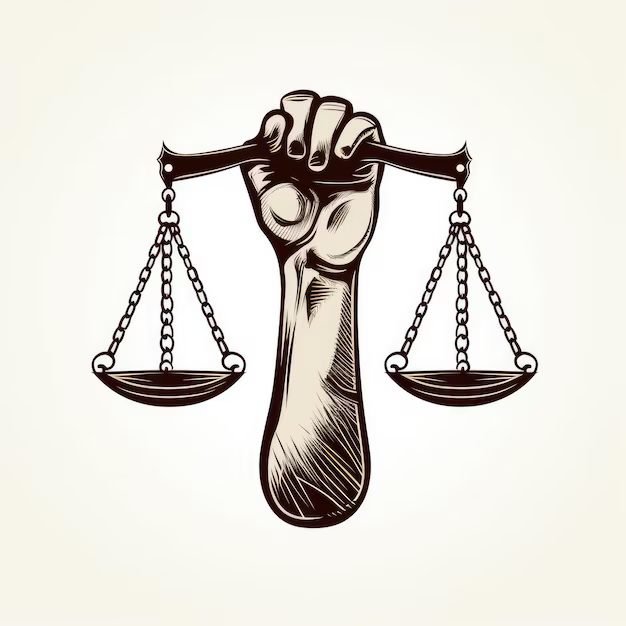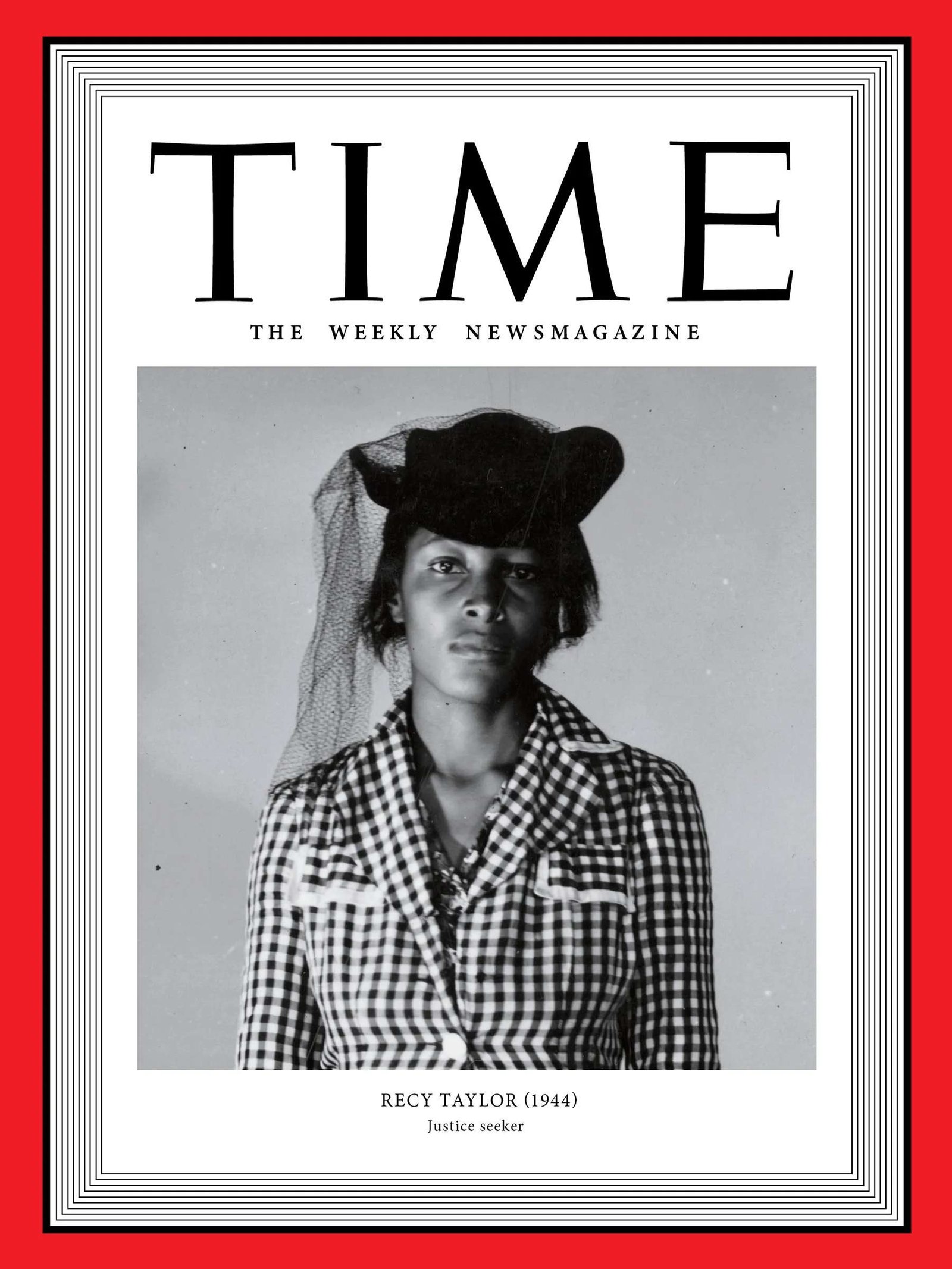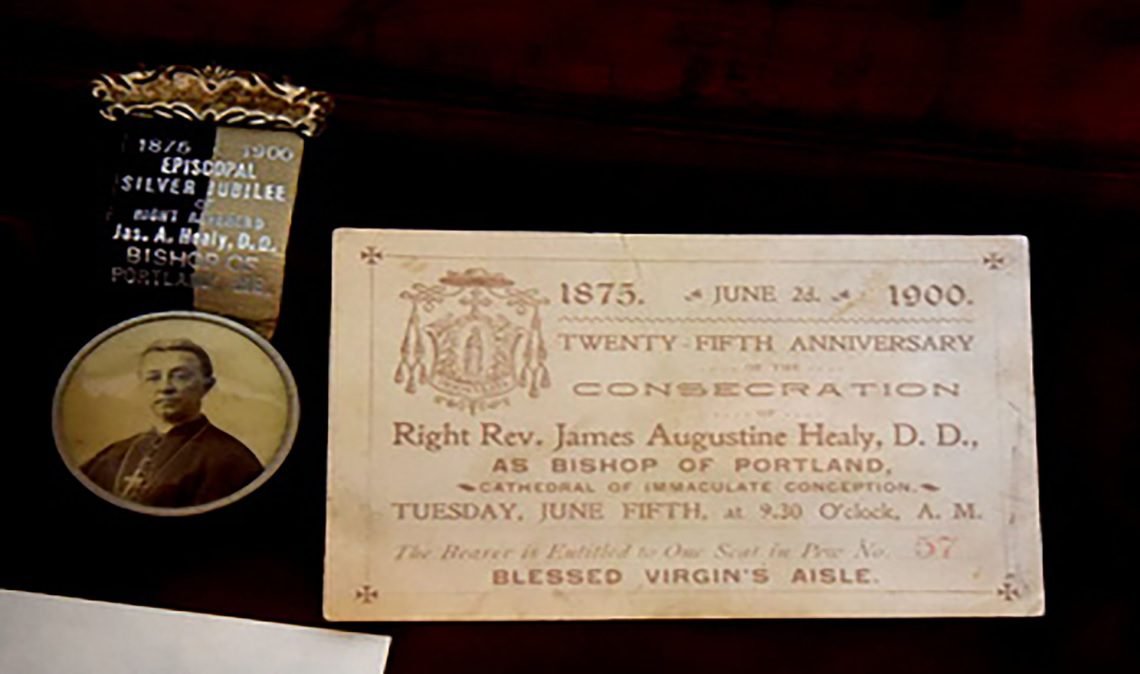
By Milton Kirby | Atlanta, GA | May 31, 2025
On May 17, 1954, the United States Supreme Court issued a landmark decision that would forever alter the course of American history. In a unanimous ruling, the Court declared that racial segregation in public schools was unconstitutional, bringing an end to the legal foundation of the “separate but equal” doctrine that had stood for nearly 60 years since Plessy v. Ferguson.
The case, officially titled Brown v. Board of Education of Topeka, was one of the most significant legal victories of the Civil Rights Movement. It addressed whether separating children in public schools based on race violated the Equal Protection Clause of the Fourteenth Amendment. Chief Justice Earl Warren delivered the opinion of the Court, stating clearly:
“Separate educational facilities are inherently unequal.“
This decision did more than desegregate schools. It marked a pivotal moment in the nation’s struggle for racial justice and paved the way for future civil rights legislation, including the landmark Civil Rights Act of 1964.
A Case that Began in Topeka—and Beyond
Although the case was named after Oliver Brown, a Black parent in Topeka, Kansas, it represented a group of lawsuits from across the country. Brown had tried to enroll his daughter in a nearby white elementary school. Brown and other parents sued the Topeka Board of Education when she was denied.
But Topeka was not alone. Brown v. Board was a consolidation of five separate cases from different states:
- Brown v. Board of Education of Topeka, Kansas
- Briggs v. Elliott – South Carolina
- Davis v. County School Board of Prince Edward County – Virginia
- Gebhart v. Belton – Delaware
- Bolling v. Sharpe – Washington, D.C.
South Carolina’s Briggs v. Elliott was the earliest filed and arguably the most courageous. It originated in Clarendon County, where Black parents, led by Rev. J.A. DeLaine, challenged the appalling disparities between Black and white schools. At the time, Black children in Clarendon County attended schools with no buses, crumbling buildings, outdated books, and underpaid teachers, despite tax dollars funding white schools at nearly ten times the rate.
When their petitions for equal resources were ignored, the case became a direct challenge to segregation. The lead plaintiff was Harry Briggs, a gas station attendant, and the defendant was R.W. Elliott, chairman of the county’s school board.
According to Nate Briggs, son of Harry Briggs, Sr., “participation in the case took a terrible toll on the family. So much so, that Harry Briggs, Sr. had to move his family away from Summerton, South Carolina, for their safety and to find steady work. The personal cost of standing up for justice was high—but it was a sacrifice that helped move the nation forward.”
Though the federal Court ruled against them, one judge, J. Waties Waring, issued a powerful dissent, calling segregation inherently unequal. His words laid the intellectual groundwork for what would soon become national law.
The Man Who Argued the Case: Thurgood Marshall
Thurgood Marshall, the brilliant attorney who served as chief counsel for the NAACP Legal Defense and Educational Fund, stood at the center of this legal battle. Marshall, who was 45 during the Brown arguments, had already established a reputation for himself by fighting segregation in cases such as Sweatt v. Painter and Smith v. Allwright.
Marshall was born on July 2, 1908, in Baltimore, Maryland. After being denied admission to the University of Maryland Law School due to segregation, he attended Howard University School of Law, where he graduated first in his class. By the time of Brown, he had already argued numerous cases before the Supreme Court and would go on to argue a total of 32 cases, winning 29.
His victory in Brown was more than a professional achievement. It was a decisive blow against legalized racism, and it positioned him to become the first African American U.S. Supreme Court Justice in 1967.
After the Ruling: Resistance and Reform
While the decision was celebrated across much of the country, its implementation was met with fierce resistance, especially in the South. Some states openly defied the ruling. Others delayed desegregation through legal maneuvers or token compliance.
Recognizing the challenge, the Court issued a follow-up decision in Brown II on May 31, 1955, instructing states to carry out desegregation “with all deliberate speed.” Still, progress was slow. Many Black students and families continued to face threats, intimidation, and legal battles in the years that followed.
Despite the resistance, the decision in Brown v. Board became a moral and legal cornerstone of the Civil Rights Movement. It led to increased momentum for equality, energized grassroots activism, and showed that the highest Court in the land was willing to challenge systemic racism.
Legacy
Today, more than 70 years later, Brown v. Board of Education remains a symbol of hope, courage, and constitutional justice. It reminds us of the power of the law to correct injustice—and the power of ordinary people, like the Briggs family and Rev. DeLaine, to change the course of a nation.
The decision did not eradicate racism or inequality, but it signaled that the Constitution could be a tool for progress. It also proved that when legal strategy, moral clarity, and community courage come together, history can be rewritten.
Brown v. Board was not just a court case. It was a national awakening…
Please consider supporting open, independent journalism – no contribution is too small!







